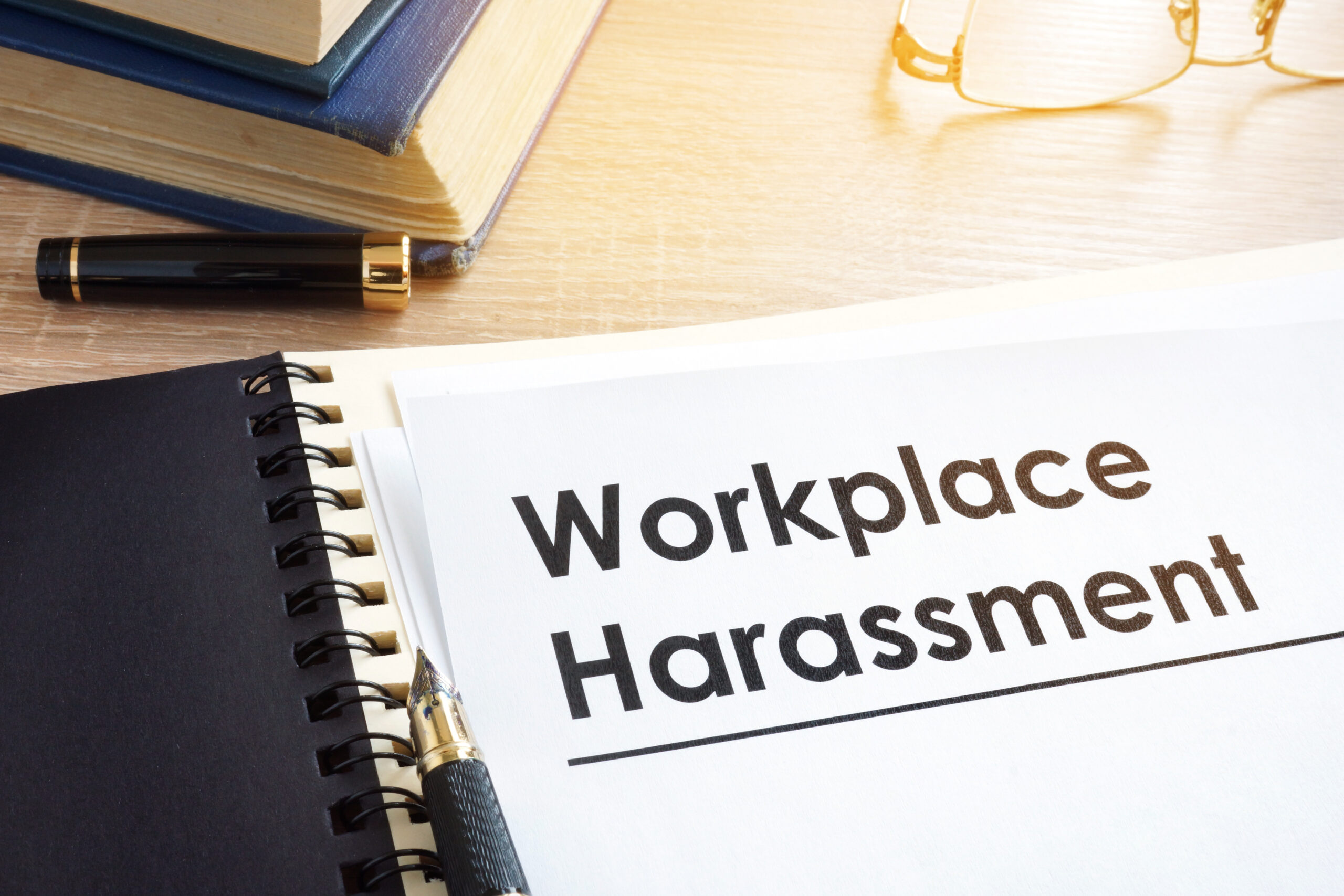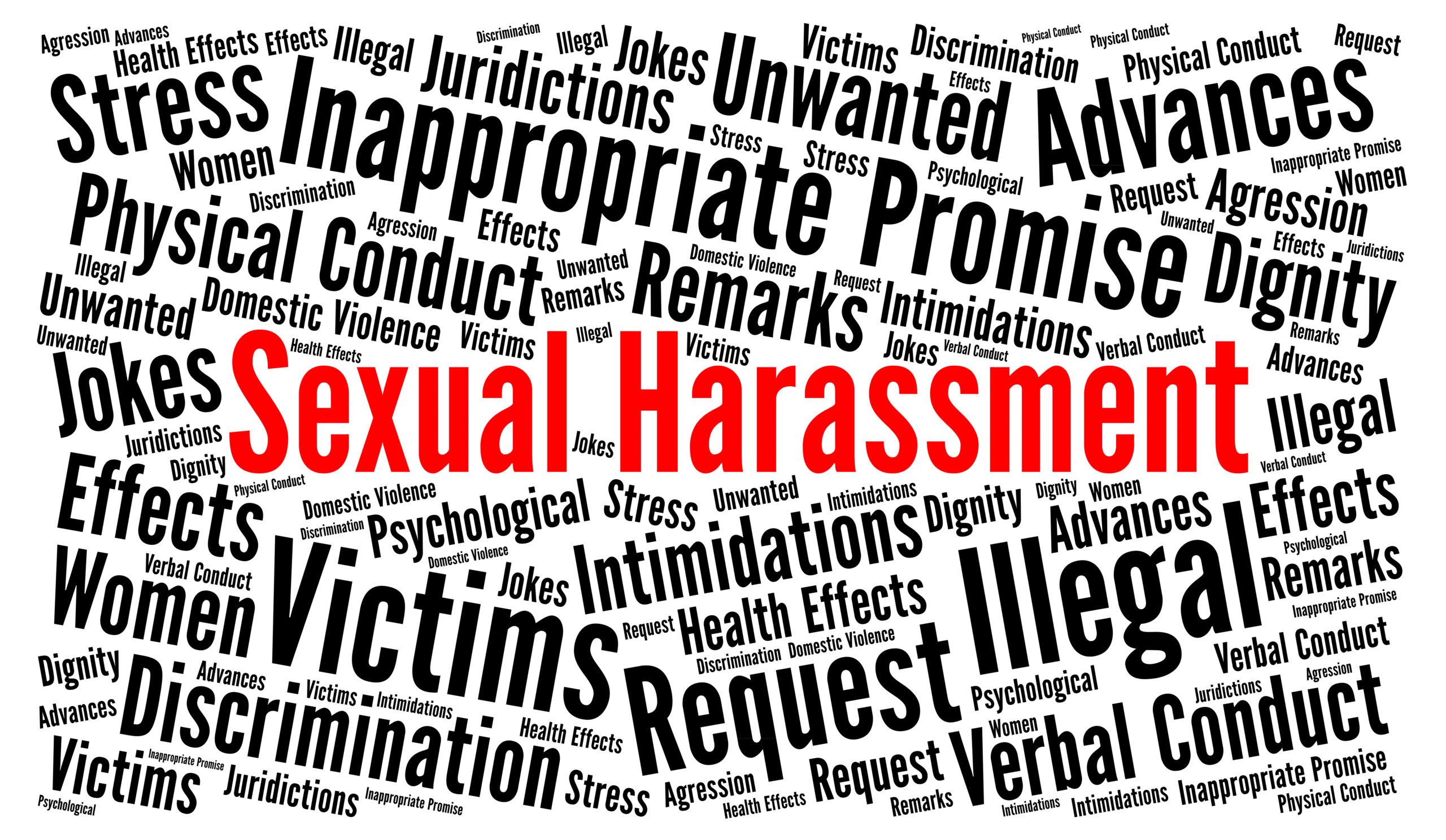
How Do You Stop Sexual Harassment in the Workplace?
Despite increasing social consciousness and laws prohibiting it, sexual harassment remains a problem in the workplace. In Fiscal Year 2021, around 5,581 sexual harassment claims were filed with the Equal Employment Opportunity Commission (EEOC). While this number has decreased through the years, it’s essential to understand that many cases in the workplace go unreported in the United States.
Given this, taking an active stand and cultivating a safe work environment free of harassment is essential. This way, people can respect one another and work productively without fear.
Contents
What is sexual harassment?
The EEOC defines sexual harassment as any type of harassment arising from an individual’s sex. However, it’s important to note that this behavior isn’t limited to that of a sexual nature. It also includes offensive and derogatory remarks about a person’s sex or teasing another for different aspects of their life.
Sexual harassment can take many forms, including physical, verbal, or non-verbal conduct. Regardless, the victim and perpetrator can be a man or woman, and the victim need not be the opposite sex.
Types of sexual harassment
Sexual harassment is a broad term that covers many types of inappropriate and unwelcome sexual conduct. But to help you identify such behavior and enforce appropriate policies, here are the two main types of sexual harassment recognized by the court.
Quid Pro Quo
Based on the Latin term quid pro quo, which means “this for that,” this type of sexual harassment occurs when an individual asks another for sexual favors in exchange for employment benefits. The exchange need not be explicit and may be more implicit, where the sexual favor is hinted at or suggested. Examples of benefits that may be offered are:
- Promotion
- Pay raise
- Larger office
- Training opportunities
In other cases, this type of harassment also involves threatening an employee with the consequences of refusing sexual advances. These include the following:
- Termination
- Demotion
- Pay cut
- Unsatisfactory shifts
It’s worth noting that quid pro quo sexual harassment is done by a person of authority, like managers and supervisors, to their subordinates. It doesn’t occur between employees with equal status or those without decision-making power. This is because the power discrepancy causes the subordinate to feel intimidated and obliged to follow.
Hostile Work Environment
The second type includes any behavior directed at an employee’s sex, which may create a hostile and demeaning work environment for them. It’s different from quid pro quo in that it doesn’t need to have employee benefits at stake. Likewise, it can occur at any level in the company—not just the managerial or supervisor level.
To better understand the difference, here are examples of hostile work environment sexual harassment:
- Making dirty comments, jokes, and anecdotes
- Sending photos, videos, cartoons, and graphics with a sexual nature
- Writing texts, emails, and memos that have sexual innuendo
- Unwanted and unwelcome physical behavior of a sexual nature, such as touching or groping
Note that this list isn’t exhaustive, so there are many other ways for someone to commit hostile work environment sexual harassment. Additionally, even if a person isn’t the direct target of sexual harassment, they may still be affected by the work environment resulting from the act.
How to recognize when someone is being sexually harassed
Now that you know the main types of sexual harassment, it’s crucial to understand how to identify if this is happening in the workplace. This is trickier than it sounds since sexual harassment is often masked in mild banter and jokes. However, regardless of the form, this behavior shouldn’t be tolerated.
To help you out, here are some signs—subtle and explicit—that someone is being sexually harassed:
- Comments directed towards a person’s physical appearance
- Unwanted physical contact
- Differences in treatment based on a person’s sexual orientation
- Requests for a date or sexual favors
- Refusal to take “no” for an answer
Since sexual harassment doesn’t usually occur openly in the workplace, you can also look for possible changes in a victim’s behavior. For instance, they might have sudden absences, avoid socializing, struggle to finish work, or decline professional opportunities.
Learn more about business and development, get in touch with us for consultation.
How to report sexual harassment
What should you do next if you experience sexual harassment in the workplace? As mentioned, sexual harassment complaints often go unreported in the workplace for many reasons. One of these is the fear of retaliation. Statistics show that employers react negatively to these claims, with 64% of charges resulting in job loss.
However, it’s essential to know that the law protects you and deems any form of retaliation illegal. So if you want to report an incident, here’s what you can do:
- Document all evidence
Before anything else, try to document evidence of sexual harassment if you can. This may include texts, emails, photos, notes, and other similar things. You may also keep things like performance evaluations to show how the incident has affected your productivity.
- Review the company policy on sexual harassment
Start by reading your employee handbook to check the company’s policy on sexual harassment. If there’s no formal policy, try asking your supervisor or the HR department.
- Reach out to the EEOC
If your employer doesn’t help you with your complaint, the next step is to contact the EEOC. You can submit your charge online or visit their office 180 days from the incident (or 300 days, depending on your state rules). After, your employer will receive a notice, and the EEOC will decide how to proceed with the case.
Get the information here, on how we became a top company for government contracting.
How to prevent sexual harassment in the workplace
Preventing sexual harassment is more challenging than it sounds. Many times, it isn’t enough to write down policies since you need to ensure that they’re communicated and implemented effectively. Here are a few tips you can follow to prevent sexual harassment in the workplace:
- Create a robust anti-harassment policy
If you don’t have an anti-harassment policy, now’s the time to start making one. Under this policy, you should outline the complaint procedure for sexual harassment claims and encourage employees to reach out if they experience such cases.
- Provide regular training
It’s also essential to provide regular training to inform employees of your company policies and emphasize what behaviors constitute sexual harassment. If possible, conduct refresher sessions to keep everyone in the loop.
- Monitor employee conduct
Monitoring employee conduct is critical to ensure that they act professionally and follow organizational rules. To do this, conduct regular performance appraisals and establish accountability mechanisms for upper management roles. In addition, when hiring managers, make it clear that they should be able to deal with sexual harassment issues and forward them to the appropriate department.
Take dasg’s Leadership Training & Development Program for a Safe and Professional Workplace
Maintaining a safe and professional workplace culture maximizes efficiency and productivity. Thus, it’s critical to have zero tolerance for sexual harassment in the workplace, which is possible with dasg’s Leadership Training & Development Program. This program aims to mold reliable and skilled leaders with the utmost integrity to prevent workplace harassment.
For more information, call us today at (629) 205-9003.
Want to explore more options? Read more articles on succeeding your business with dasg;
What Are Appropriate Workplace Behaviors and Attitude?
How Can Trust Be Gained Using Business Development



